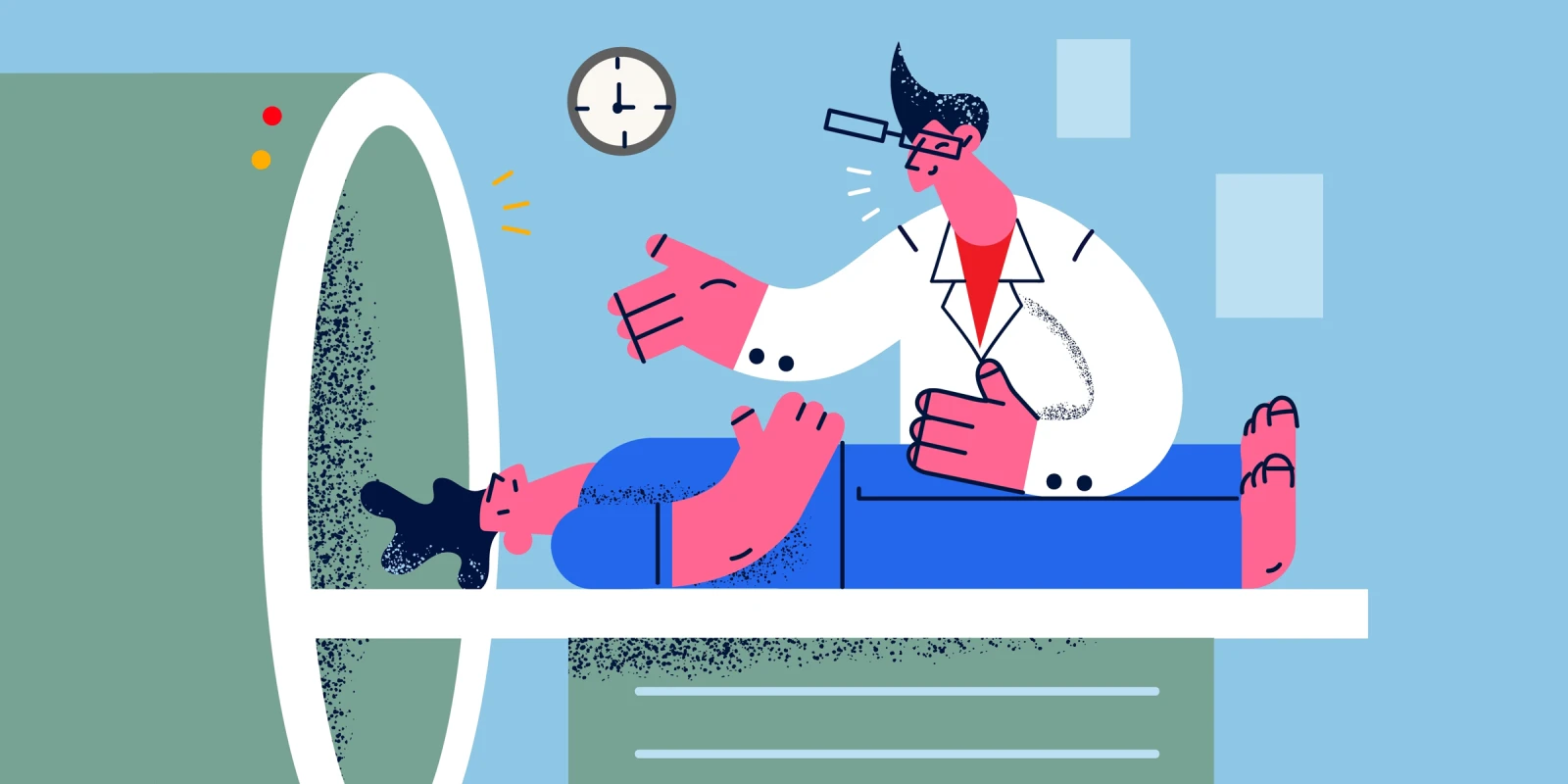Many of us decided to go into the field of radiology because we like the cognitive, logical, and scientific aspects of medicine. We are the “doctors’ doctors.” I’ve heard this so frequently that it has become a cliche. Indeed, it is a great field for those of us whose mindsets favor logic, puzzles, and bird-watching.
However, the idea of being the technical consultant to the clinician is incomplete, and it leaves the patient out of the picture. It assumes that there is no benefit for the patient to see or experience their own medical images directly. It also reduces medical imaging to a “test,” or something that suggests a pass or fail. This is a blind spot for many doctors, because our training and mindset are science oriented, and we are under-trained in the complexities of the human experience.
One day, as a young radiologist, I met a patient who changed the way I viewed my job.
Our practice had recently implemented a system whereby patients could make an appointment to review their studies with a radiologist. It was controversial in an overdramatized way at the time. Although it is still controversial, it is much less so, especially among mammographers and interventional radiologists, for whom direct patient contact is a central part of their job. In contrast, I’m an MRI specialist; I’m supposed to read studies one after another.
The patient made an appointment to have me personally review an MRI of the lumbar spine. It was a routine study, without major surgical findings, done for chronic back pain. He was a stoic, gruff, gray-haired man who might remind a lot of people of an uncle from a small town. He was very matter-of-fact and a man of few words whose appearance couldn't be more different from mine.
His MRI was fairly straightforward — a subcentimeter focal disc protrusion — that was not particularly dangerous or worrisome. It was the kind of thing that I'm sure many hardworking people get and live with, and the kind of abnormality I had seen a thousand times before. I bet most of these conditions never become a medical issue. I deliberately walked the patient through the MRI, step by step. I explained the relevant anatomy briefly, consciously trying not to talk down or use jargon. Finally, I poked my index finger at the image of the disc protrusion. In my best dispassionate clinical voice I said, “I think this is what is giving you pain.”
A moment of silence. I was just about to repeat what I said, when, to my shock, I heard a soft, low sob and a stifled sniffle. My patient was crying merely at the sight of the disc.
I took a moment to get him some water and make sure he was OK. He said, "You are the first person that's helped me understand why I have been having this pain in my back for these many years. I've spent thousands of dollars on X-rays and MRIs and specialists, and the doctors all say, 'Your studies look OK; you don't need surgery.' I thought my pain was all in my head.”
I'm sure that I wasn't actually the first person to tell him about the disc protrusion; but on that day, something was different for him. Perhaps it was the quiet, small room, or the high-tech computer image, or maybe it was just the way I spoke to him. Whatever happened, I know they didn't teach me that in medical school, and I know that some healing happened for the patient that didn’t directly have to do with his small disc protrusion.
For him, a person solidly grounded in reality, there was finally a tangible cause for his pain. Ironically, he gave me a reality check in return. How did his back pain, along with the many highly educated specialists, many dollars, and high-tech imaging cause this patient to have such cognitive dissonance with the reality of his own body? How did seeing the MRI of his back improve the patient’s cognitive dissonance? Isn’t his experience in and of itself a critique of modern medicine — and an opportunity?
One thing for sure is that I haven’t read MRIs quite the same way since that day, and I no longer think of pain in the same way — my patients’ or my own. I learned to be more patient with patients. I will, nowadays, explain basic anatomy to patients. I now feel that, even though radiologists have little control over patient care, we have an important role in directly helping patients understand the radiological component of their health care. Medical imaging is now a part of the modern human experience.
My current practice now encourages and assists radiologists in making time for direct patient consultation. Many of my partners, especially the newly trained ones, include their direct contact information in the report for patients and clinicians. Though some barriers remain, the practice of radiologists consulting with patients is less controversial and dramatic than it was when I started my career.
How has your perspective on the patient-facing component of radiology changed over time? Share your experiences in the comment section.
Jimmy Leung is a musculoskeletal and MRI radiologist with 20+ years of experience. He grew up in Hawaii, studied and trained for many years on the East Coast, and now works in the Southwest. Dr. Leung is a 2022-2023 Doximity Op-Med Fellow.
Image by Alphavector / Shutterstock







